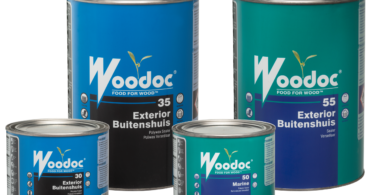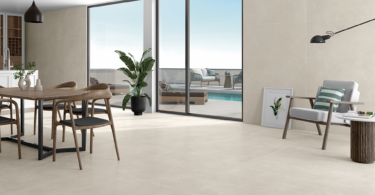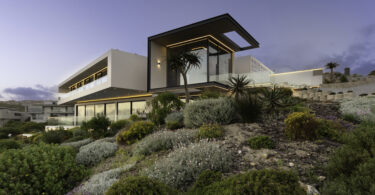Follow these simple tips to keep your pool crystal clear and ready for when summer rolls around again…
• Save on electricity and set your pool timer to run for a shorter period. In summer you run your pool for six hours per day, but you only need to run it for half that in winter. Also, turn off your heat pump during the winter months to save power. Whatever you do, don’t switch the pool off completely. If there’s one thing algae loves almost as much as an under-chlorinated pool, it’s stagnant water.
• Continue to backwash and rinse your pool once a week to prevent a build-up of dirt in your sand. This will also prevent a build-up of Total Dissolved Solids (TDS).
• Remove any organic matter that has fallen or blown into the pool with a pool net and empty the weir and pump baskets regularly. Small organic matter can get through the baskets, turning the filter into a compost heap and taking out more chlorine from the water. The automatic pool cleaner plays a very important role in removing dust and dirt from the pool’s surface. Brush the walls of the pool too, to help reduce the amount of particles in the pool.
• Consider covering your pool. It’s not like you’ll be using it much over the coming months. For one thing, it’s the most basic step to preventing the growth of algae as it blocks out the sunlight that’s needed for algae to thrive, plus it acts as a barrier to leaves, bugs and dirt etc.
• A cover will also stop the water from evaporating, so you won’t have to keep topping it up (evaporation is normal during the winter months because the air is dry; so don’t panic, you don’t have a leak).
• If you have a solid pool cover, open it once a week to allow carbon dioxide to escape to prevent your pool from turning green.
• Keep the cover clean. If you allow piles of leaves and debris to build up on the top of your winter pool cover, it becomes all too easy for that build-up to turn into mush. If that mix should mix with rain water, you’ll end up with a soupy lunch for algae, and when you try and take the cover off you’ll run the risk of having the whole lot slide into your pool. Also, if water starts building up on your cover, use a pump to drain the cover’s surface.
• Maintain the chemical balance of your pool. Whether you’re swimming in your pool or not, rain water, groundwater run-off, leaves, branches, bugs and other critters can still get into your pool (if you aren’t using a cover) and upset the water balance.
• You will notice that your pool water may start to become cloudy during the winter months. This happens because your pH is rising. To remedy this, add some hydrochloric pool acid to the water to lower the pH level. Most pool experts recommend a pool pH of between 7.2 and 7.8. The optimum pH for pool water is 7.4, since this is the same as the pH in human eyes and mucous membranes. A pH of 7.4 is also the most comfortable range for your skin and provides the optimum chlorine levels to prevent bacteria, algae and fungus growth. It is important to ensure that all your levels are correct, all year round.
• Don’t ignore your pool in winter. Whether you’re covering it or leaving it open, keep checking on it regularly. It will save you time and money in the long run.
With thanks to Jarrod Len from Crystal Clear Pools for his tips and advice. If you have any winter pool-care tips, post a comment and share them with us…











Leave a Comment